MARCO MASTROPIERI – FRAGORE DI UN NAUFRAGIO
Curated by Sole Castelbarco Albani
From September 12th to October 19th 2024
Opening: Thursday 12 September 7.00pm – 9.30pm
Candy Snake Gallery presenta Fragore di un naufragio, seconda mostra personale di Marco Mastropieri (nato nel 1995 a Foggia, vive e lavora a Conegliano), a cura di Sole Castelbarco Albani.
Among the main exhibitions he has exhibited at Pal Project (Paris), Palazzo Monti (Brescia), ARTbite / Palazzo della Regione Lombardia (Milan), Ex Villaggio ENI (Borca di Cadore), Nuovo Spazio di Casso (Belluno), G. Fattori Museum (Livorno), Bevilacqua La Masa Foundation (Venice), Spazio Antares (Venice), Ca’pier (Venice).
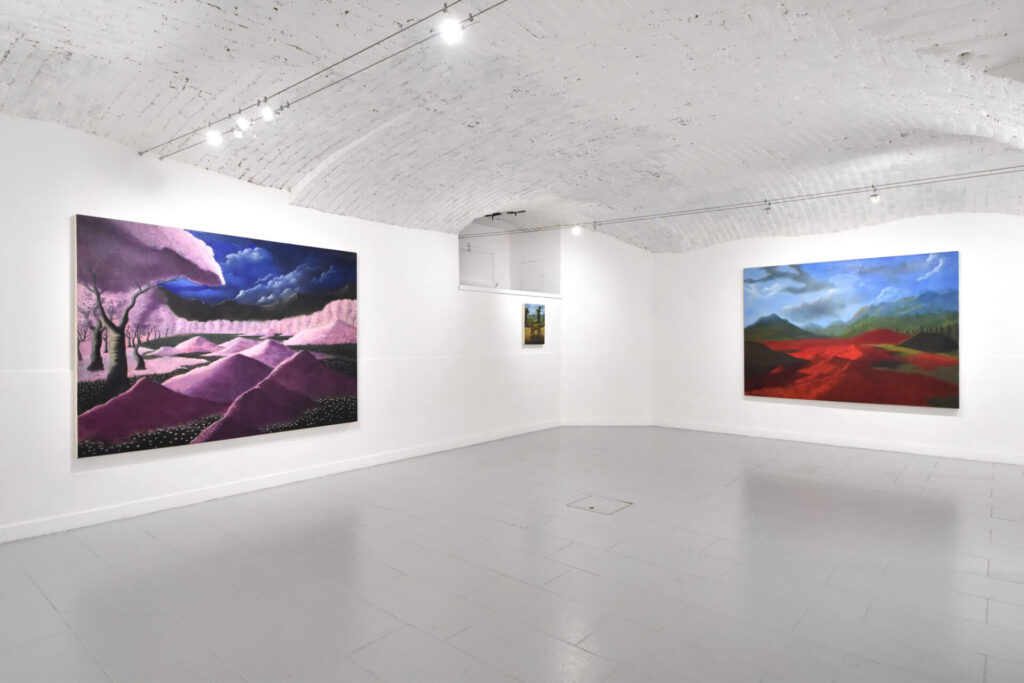
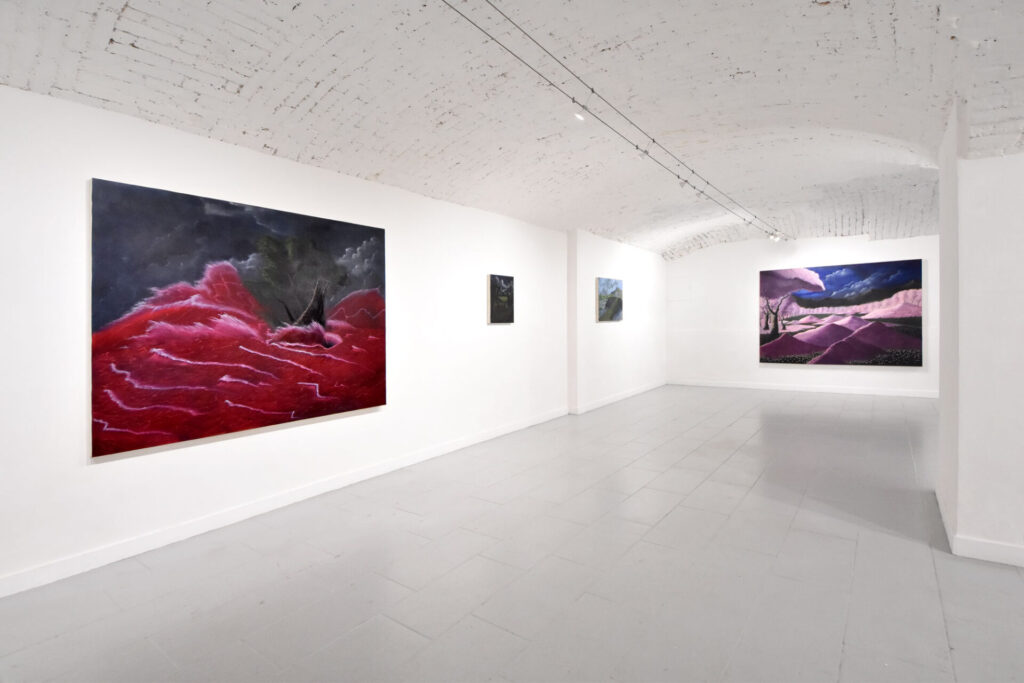
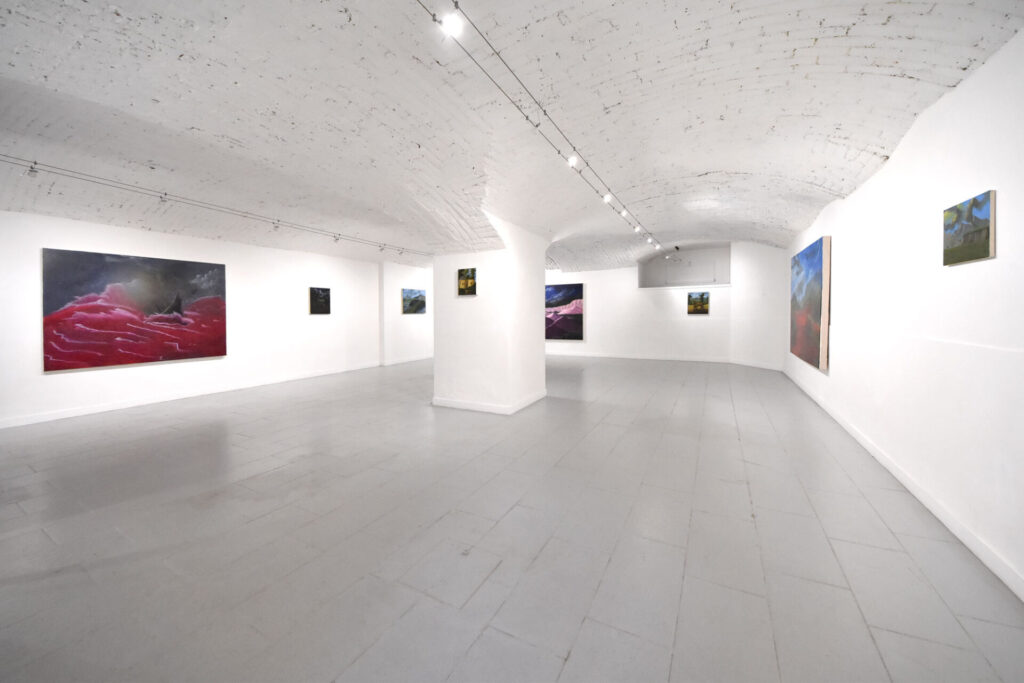
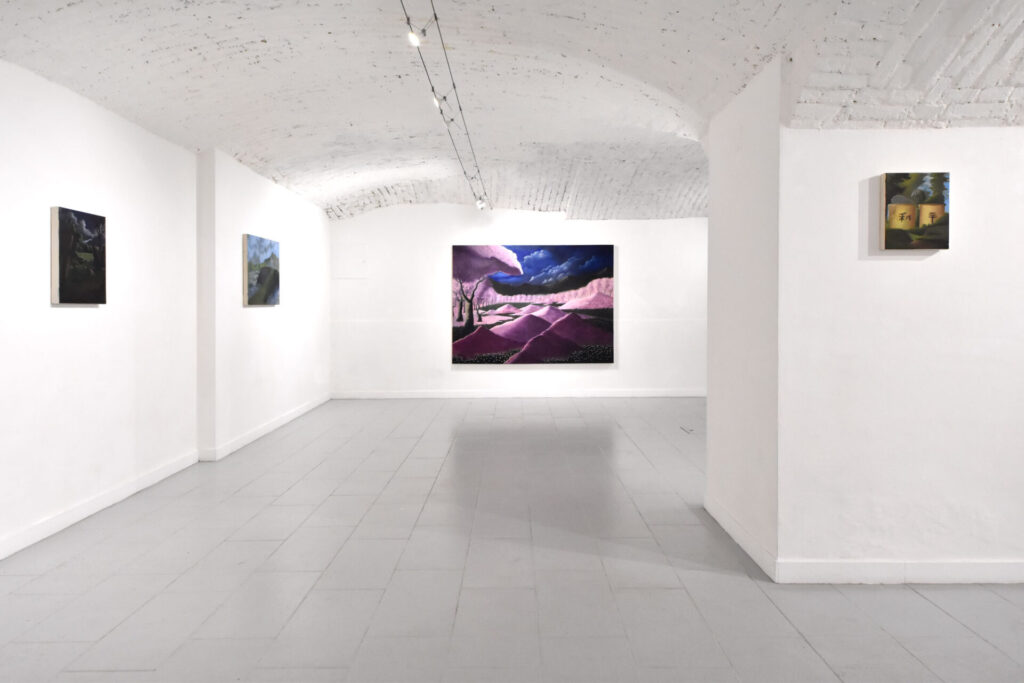
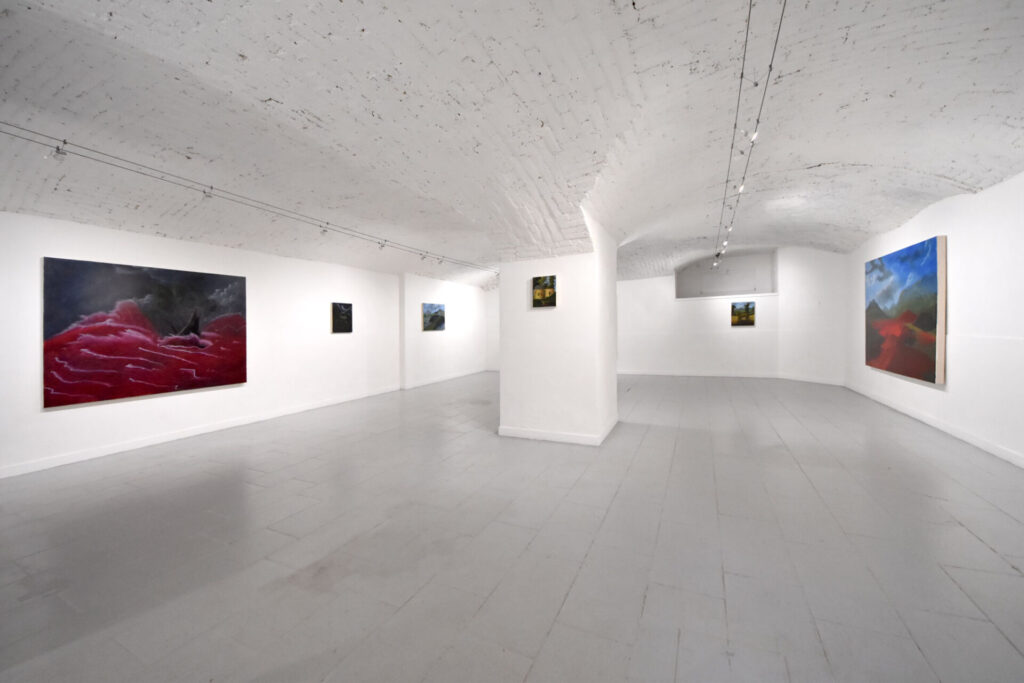
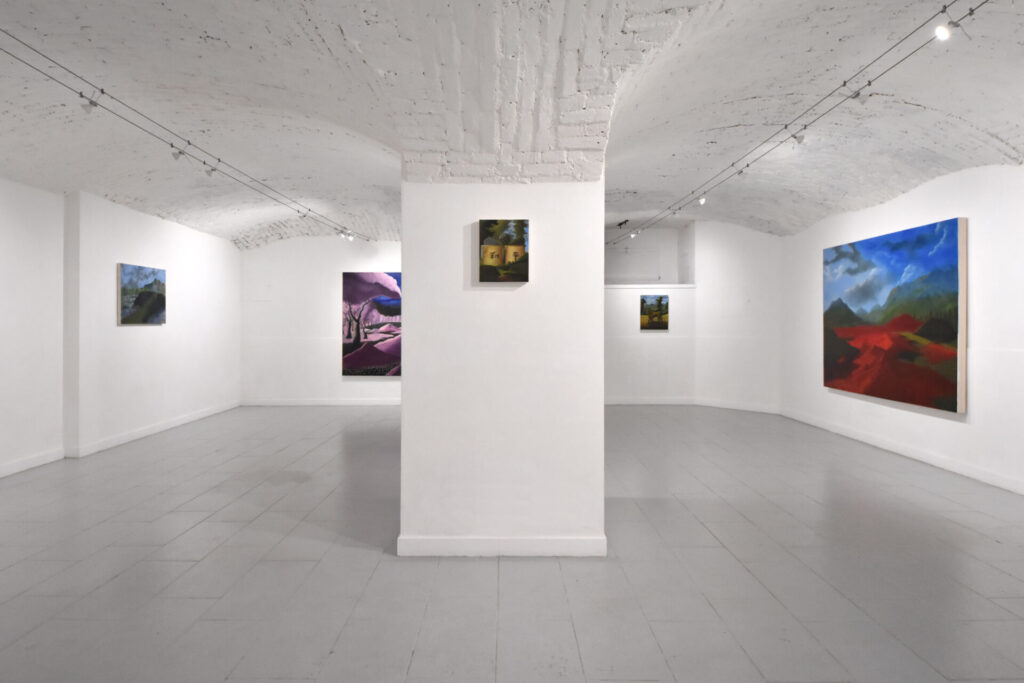
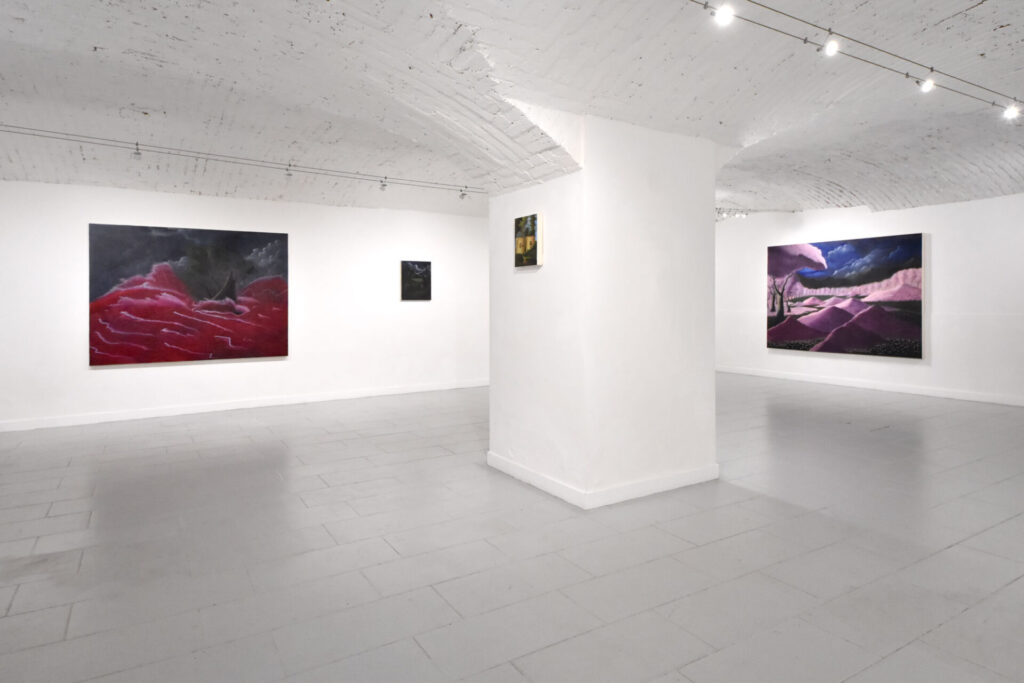
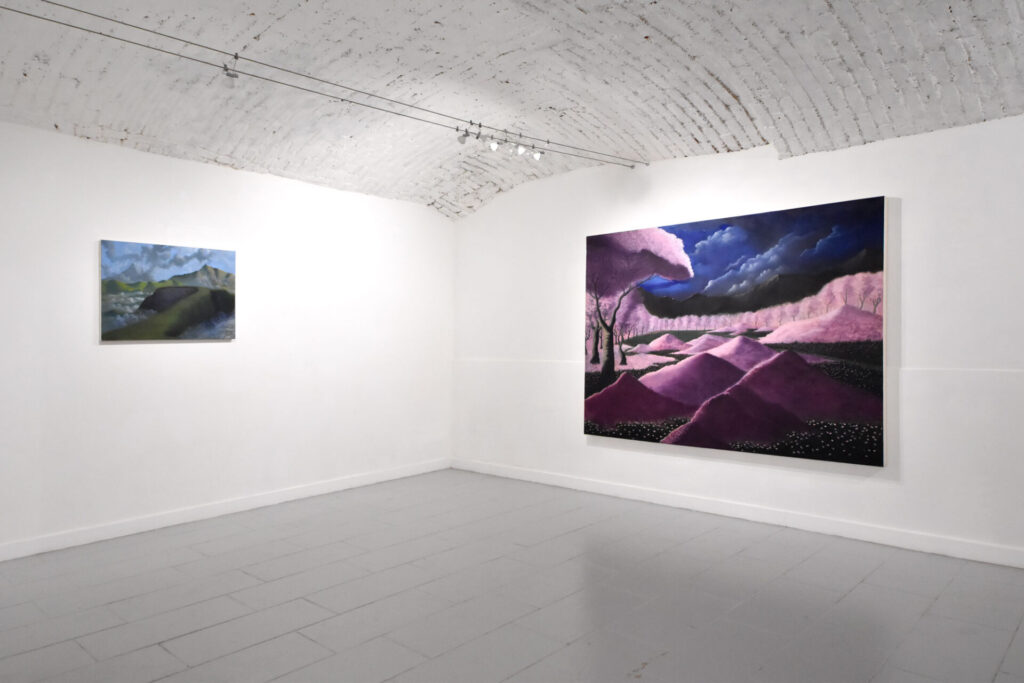
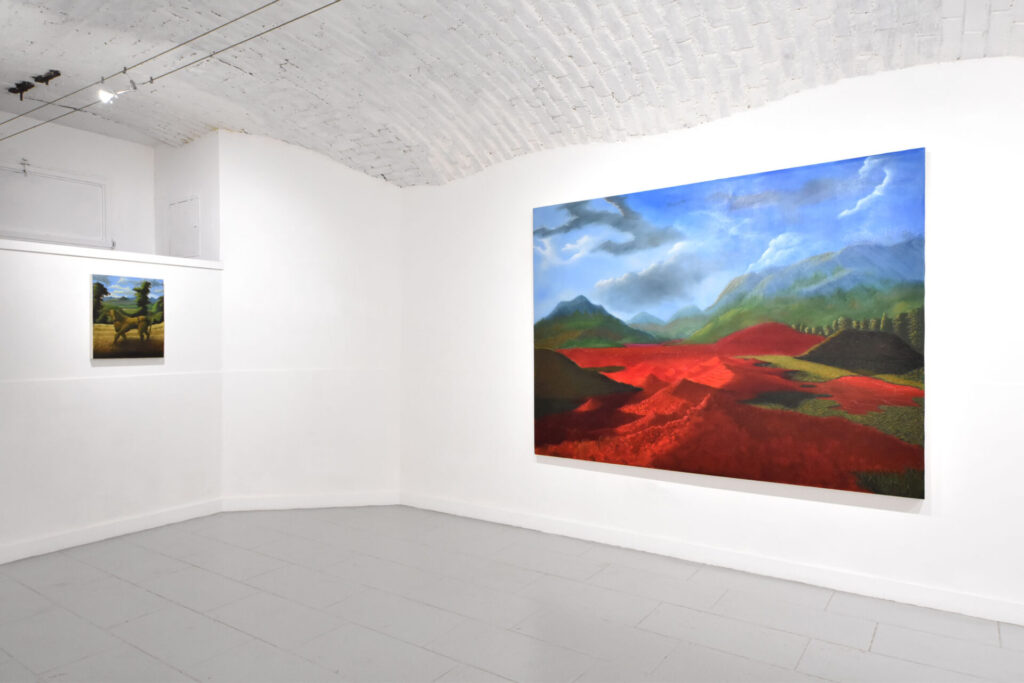
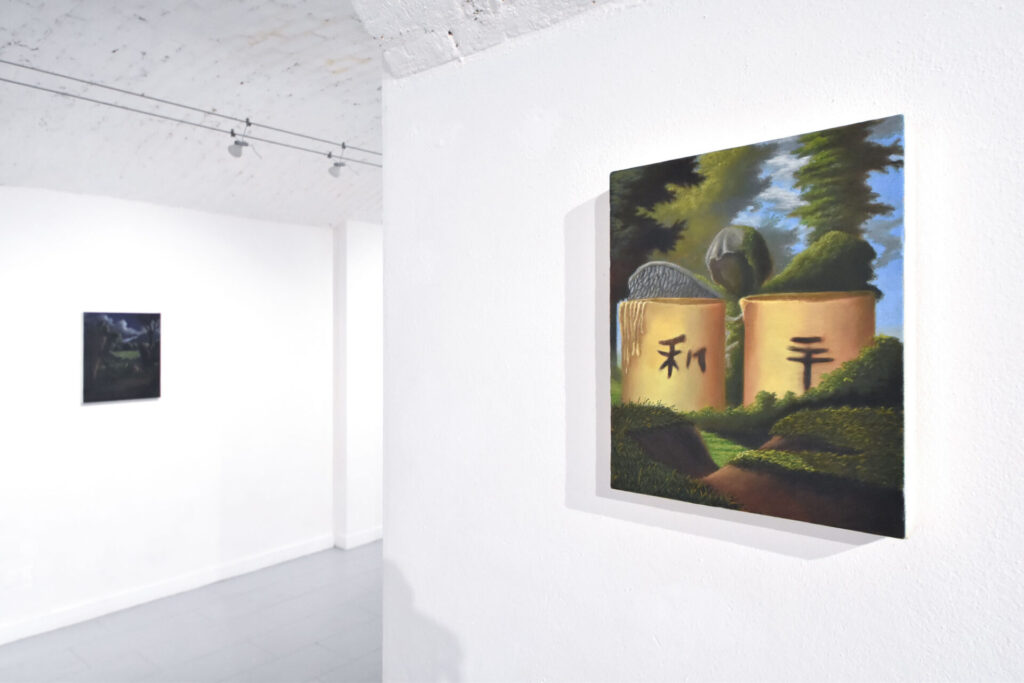
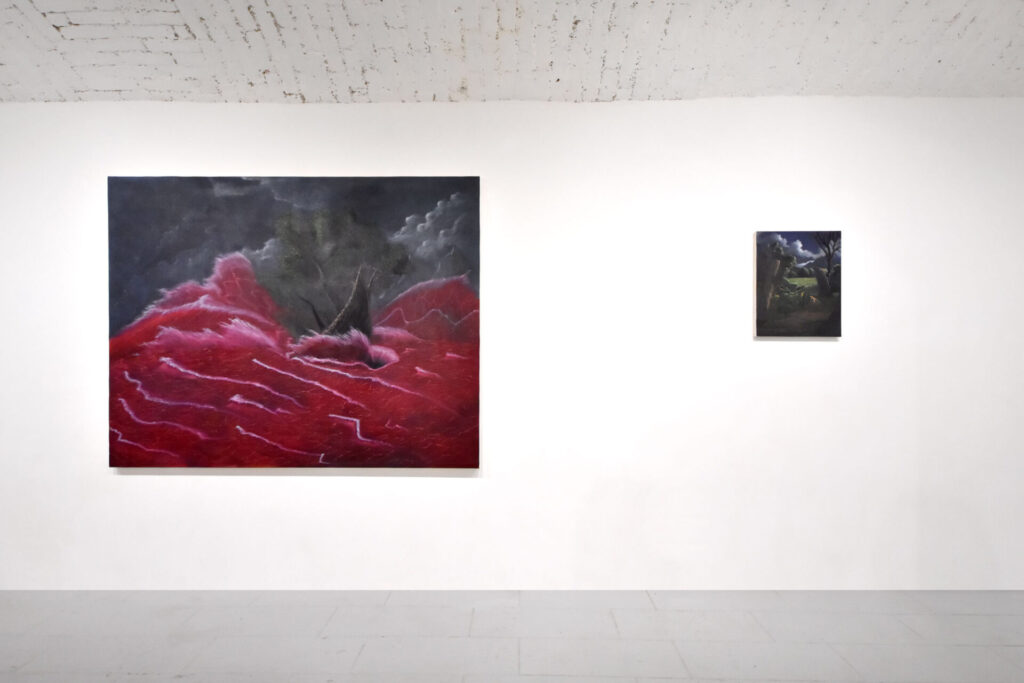
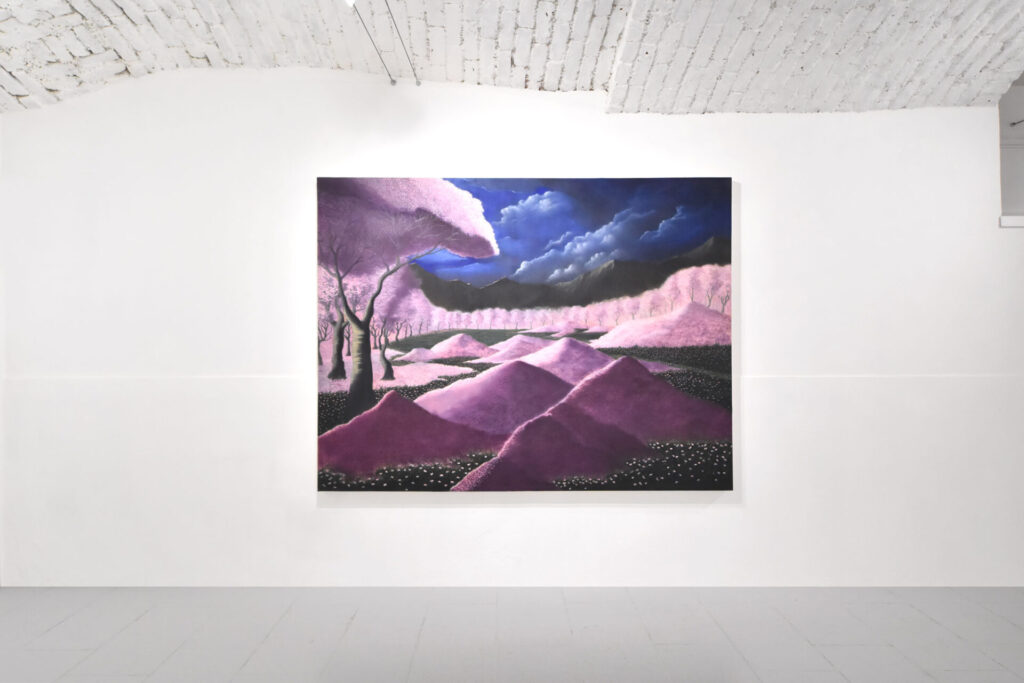
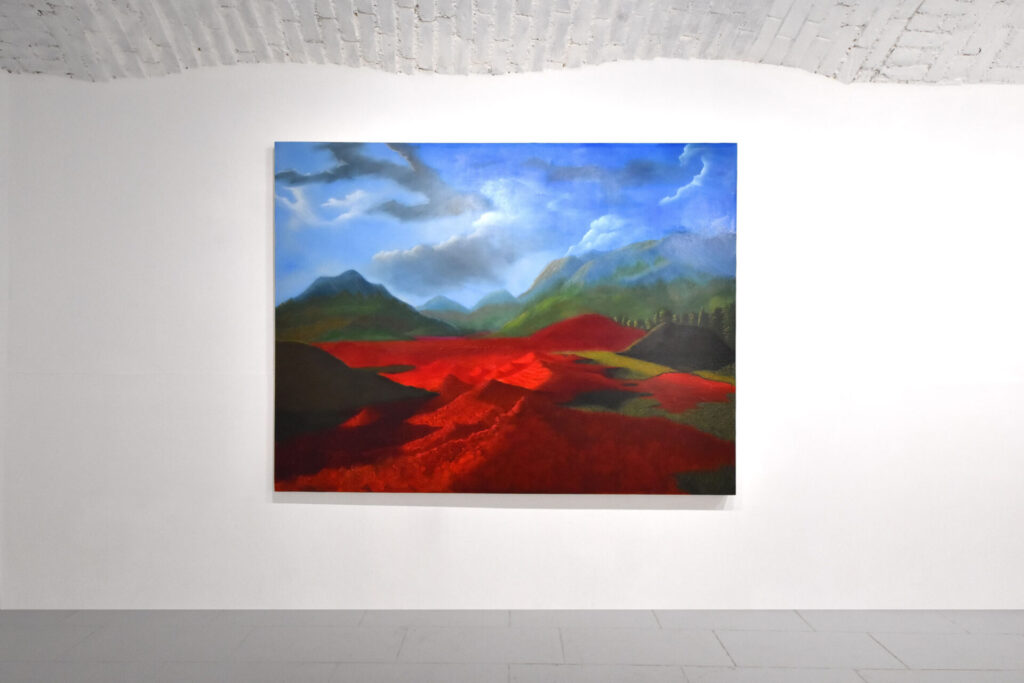
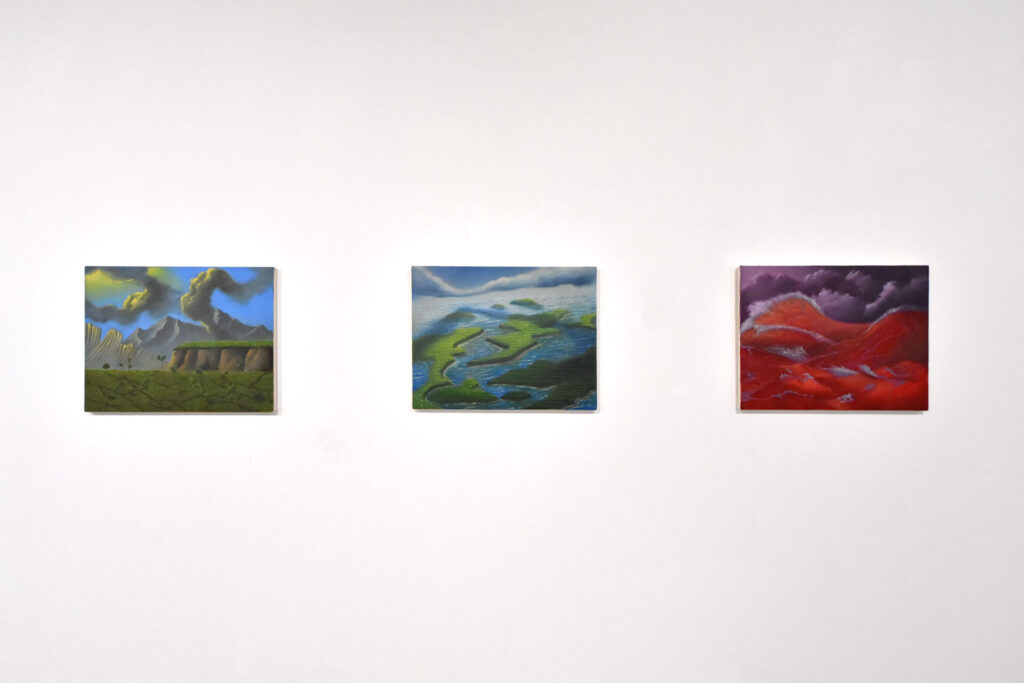
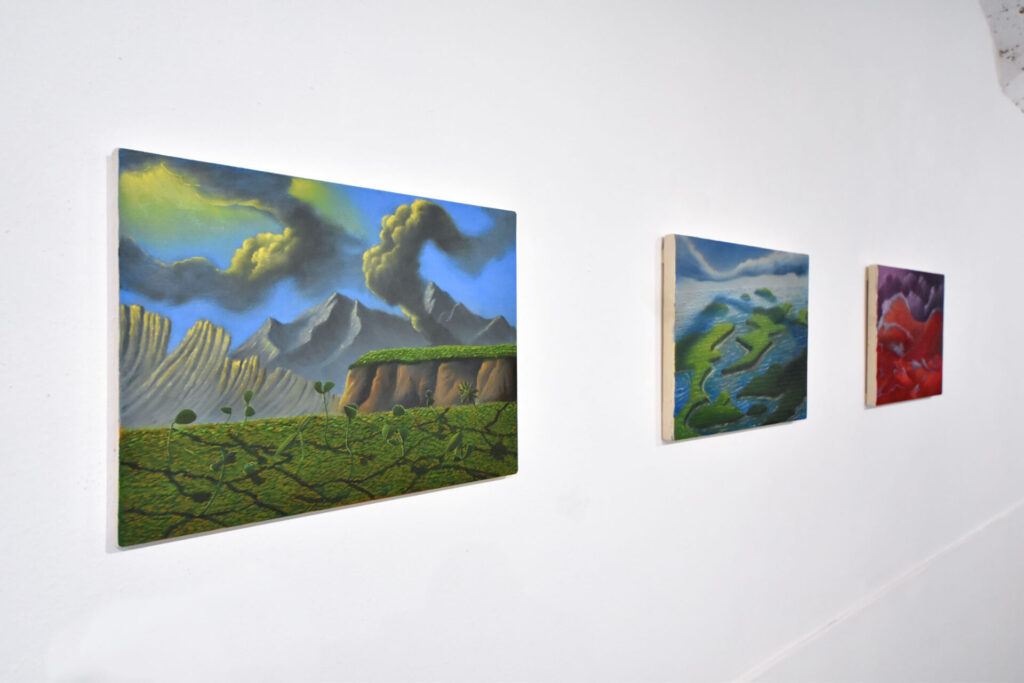
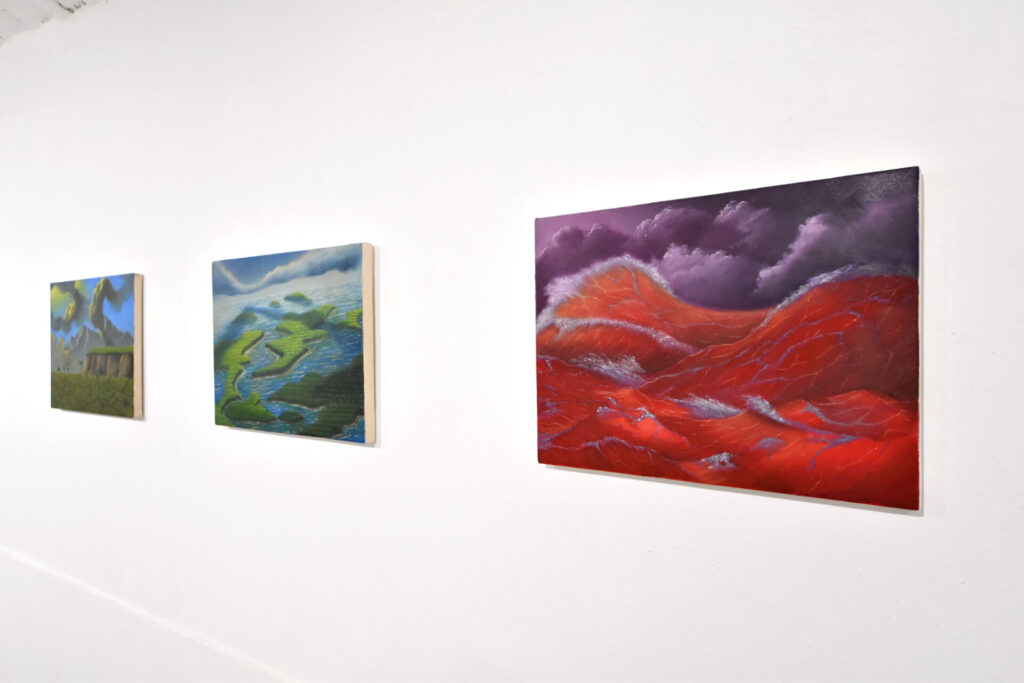
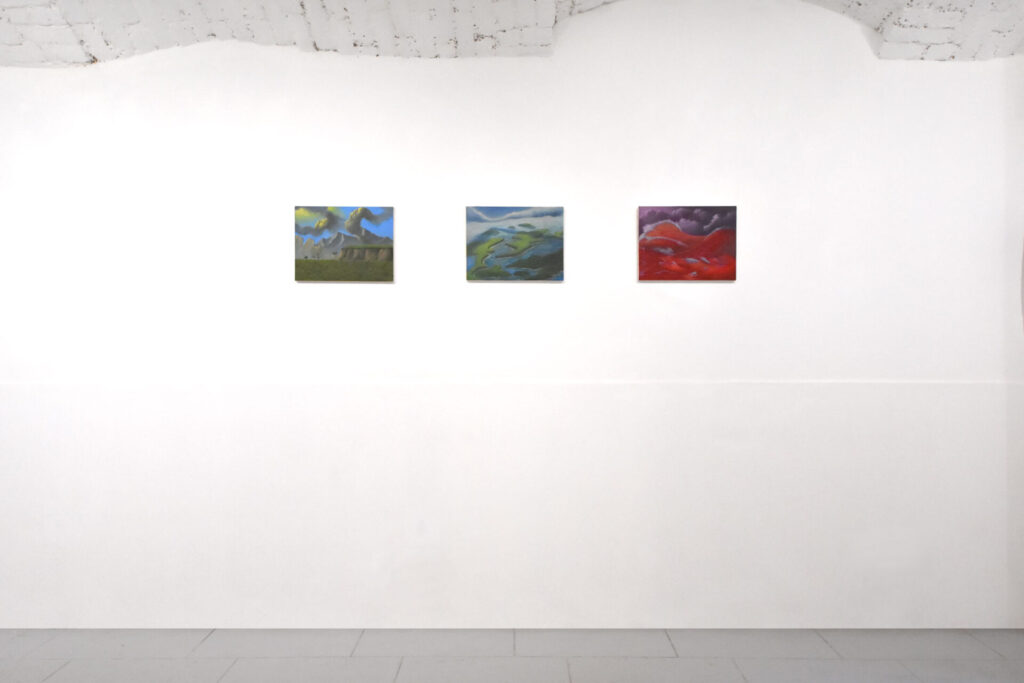
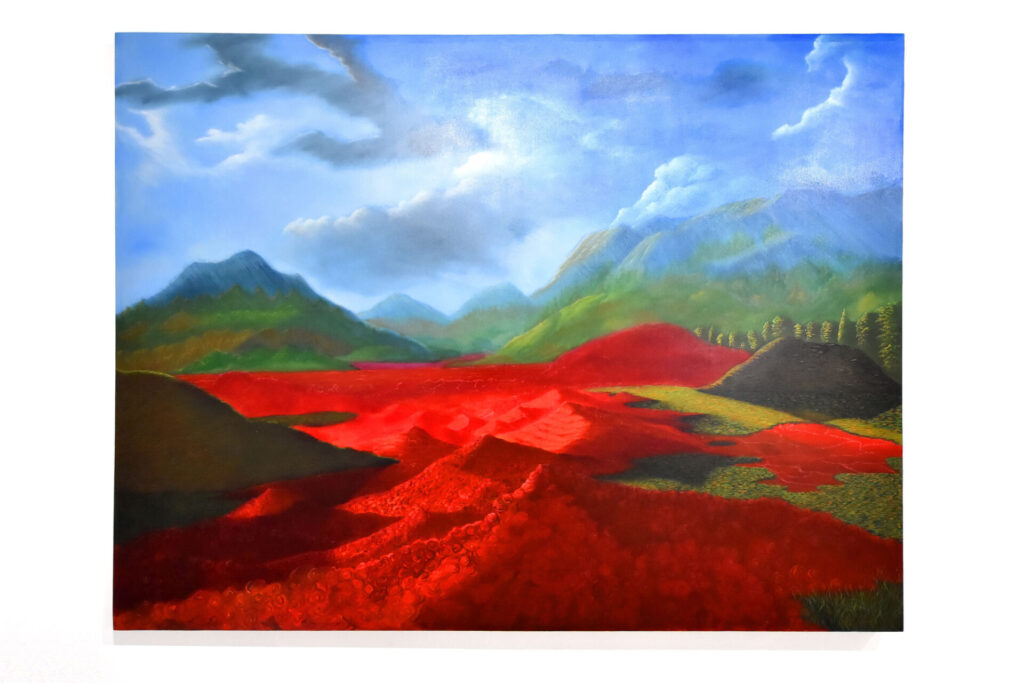
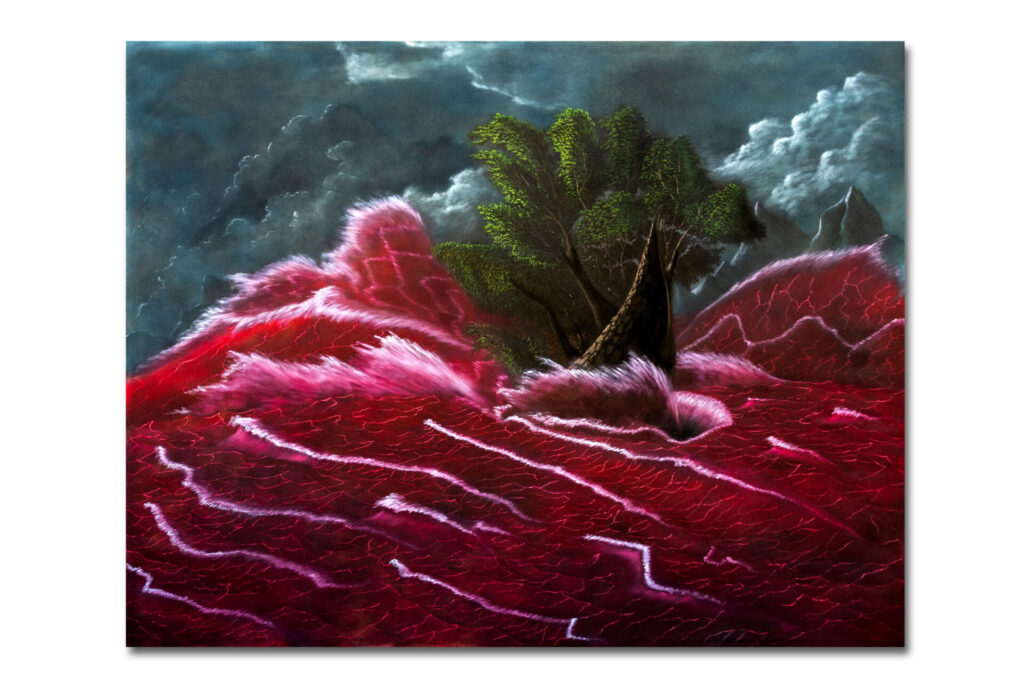
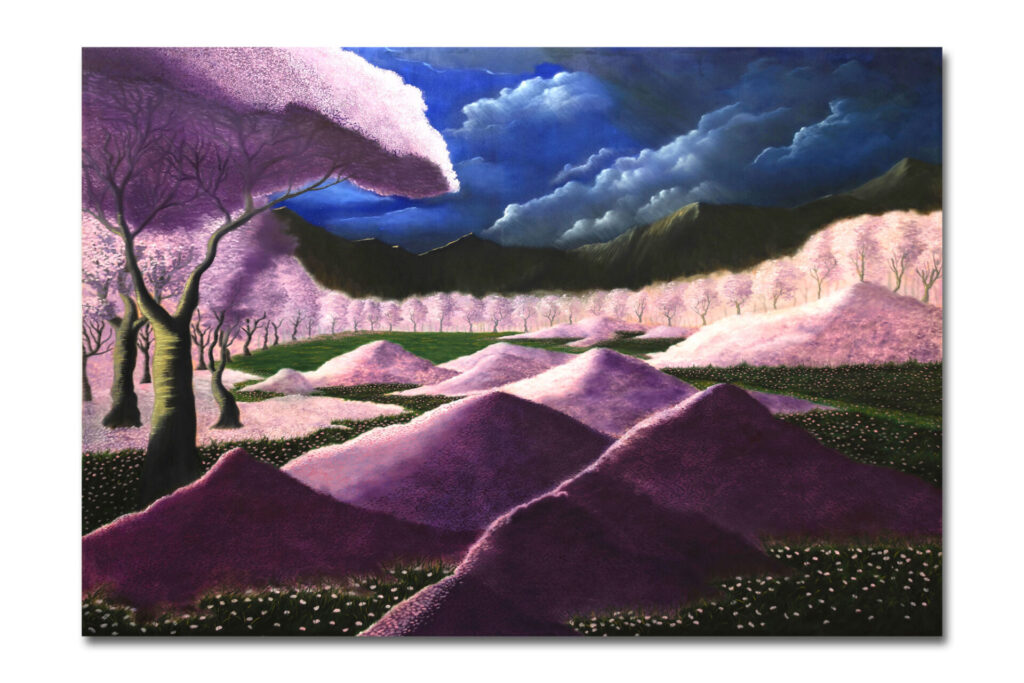
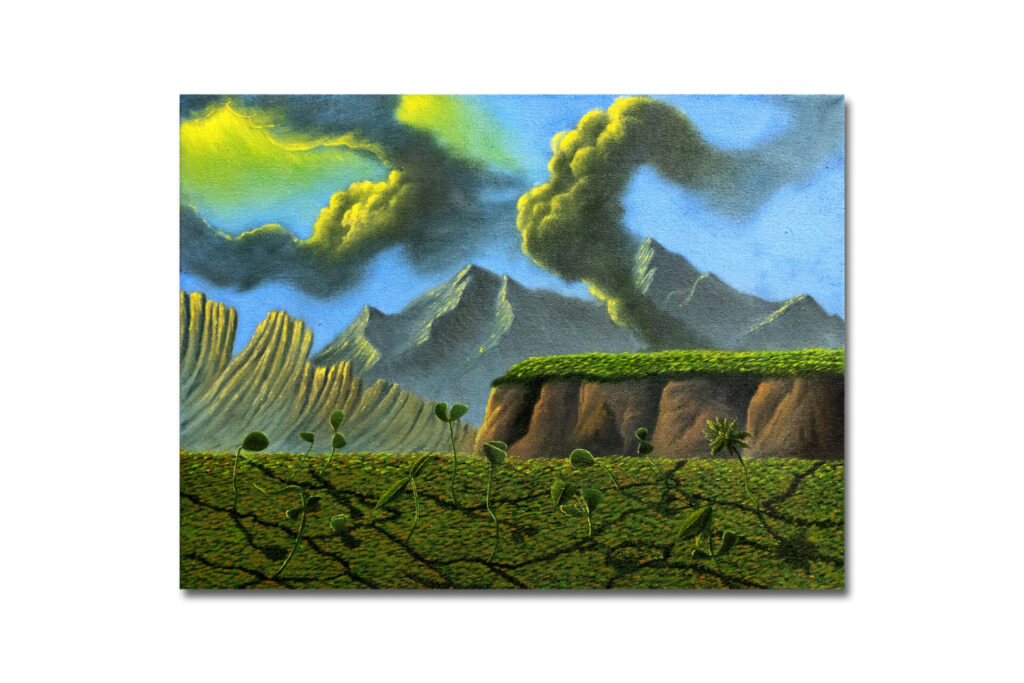
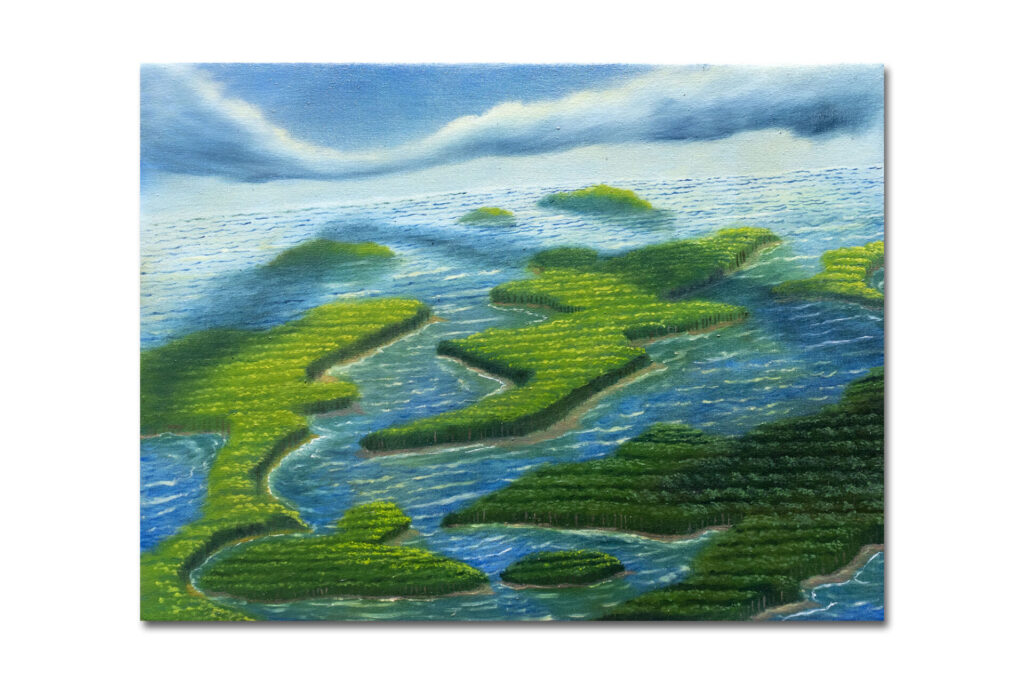
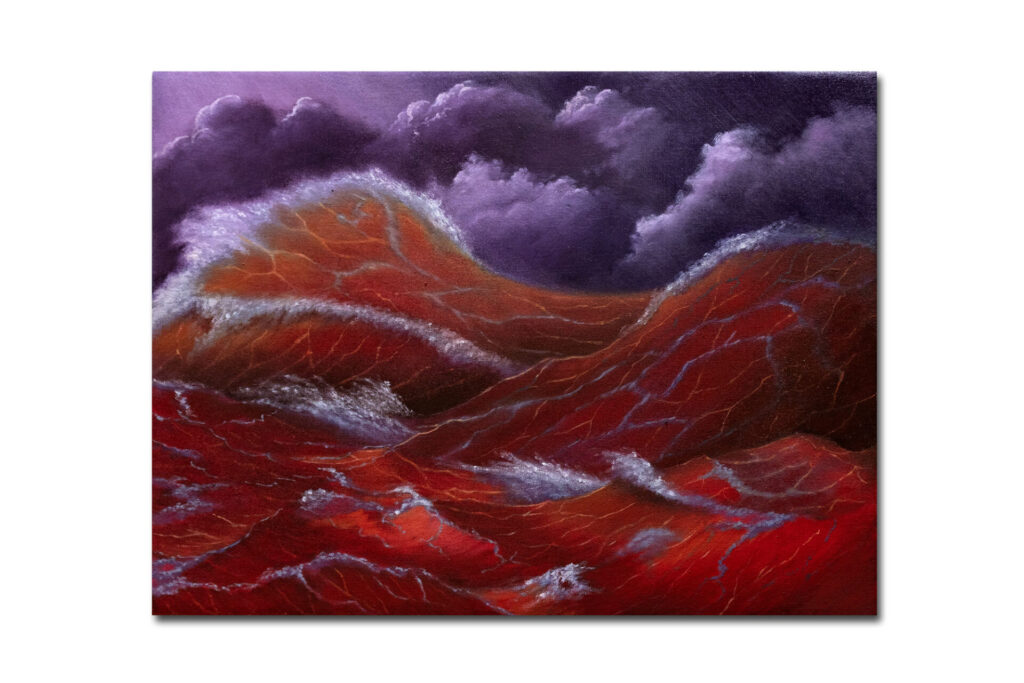
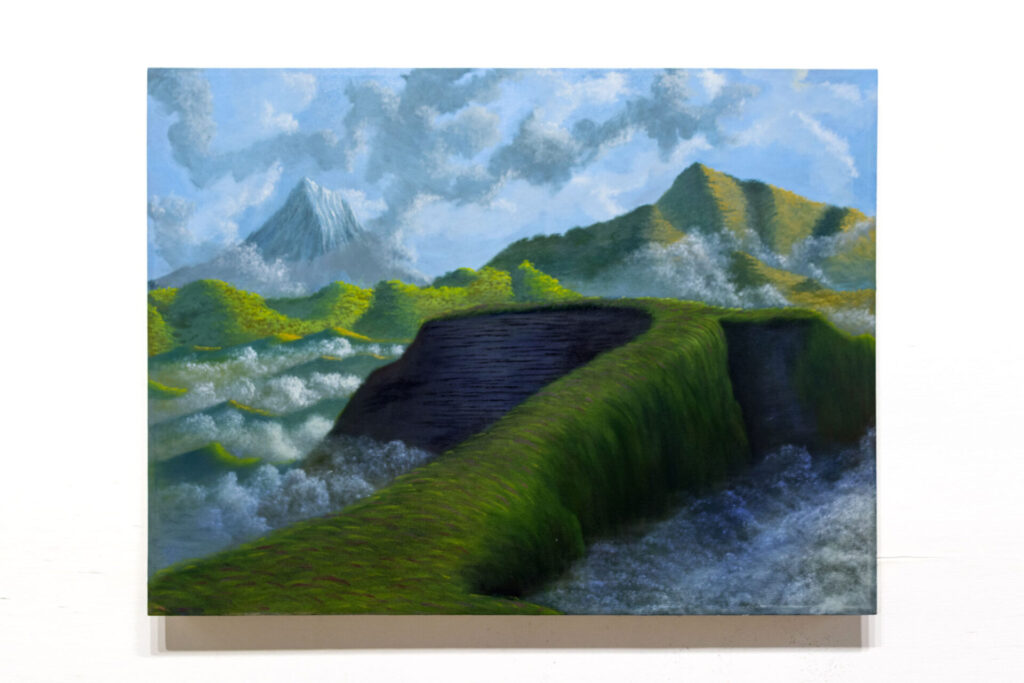
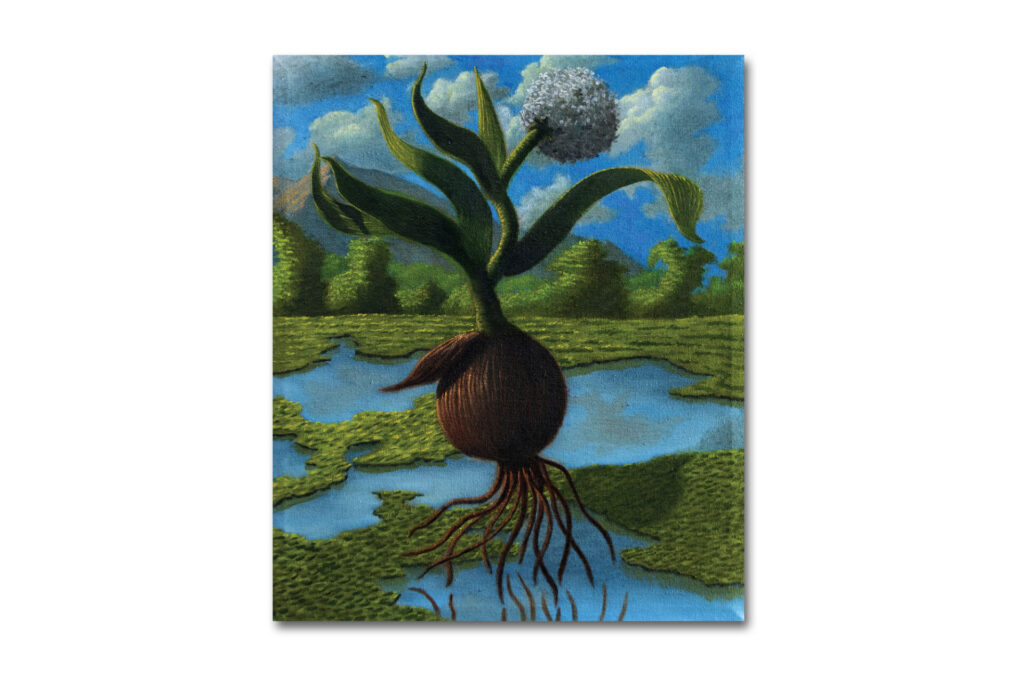
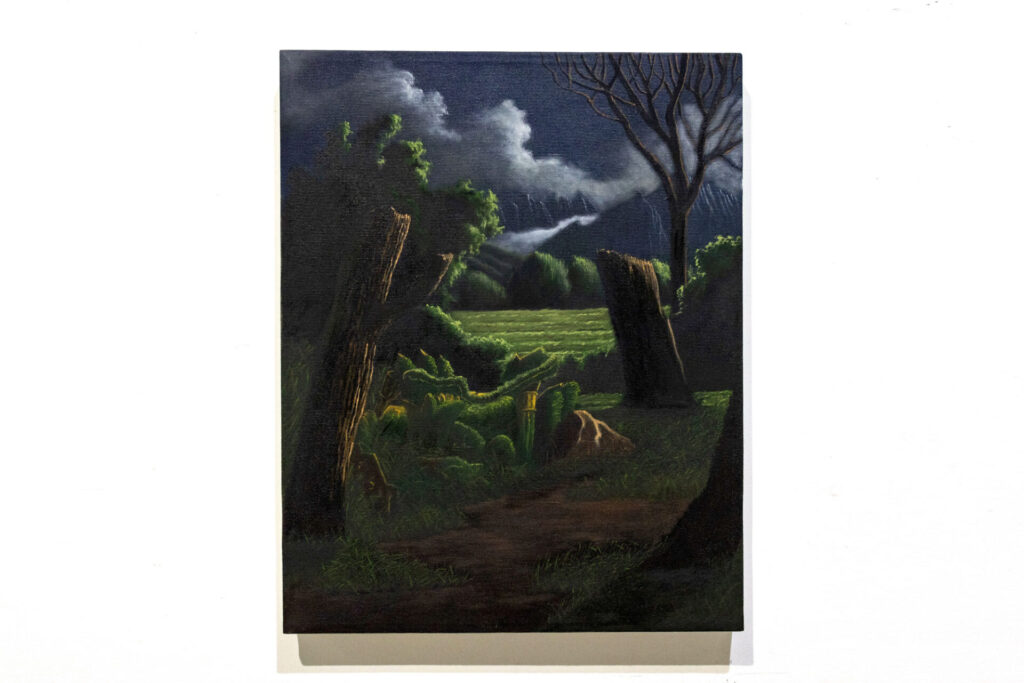
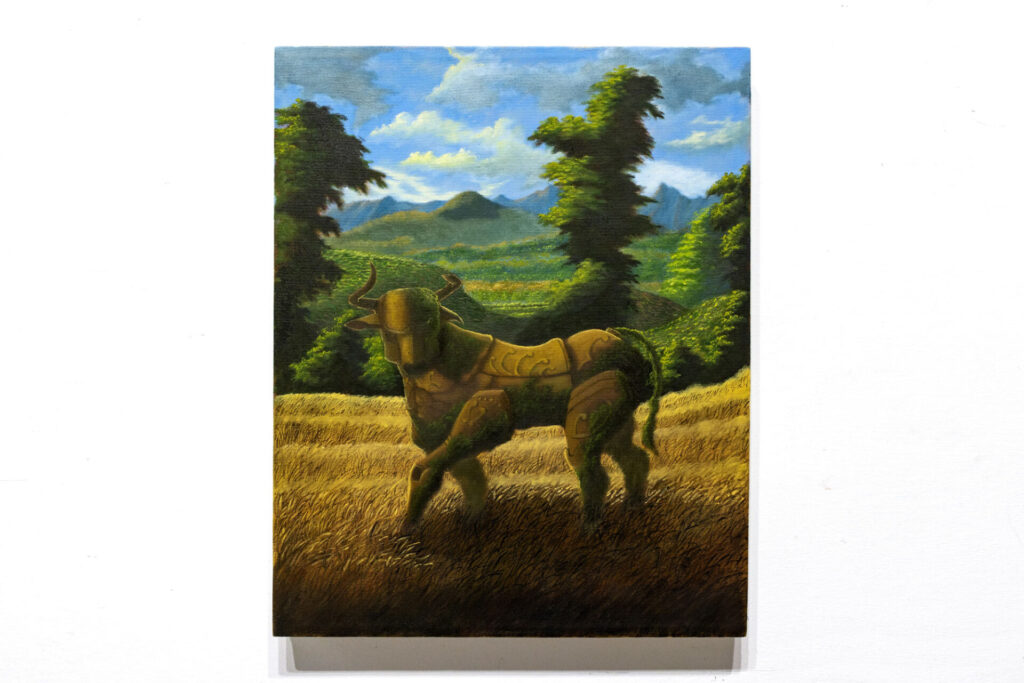
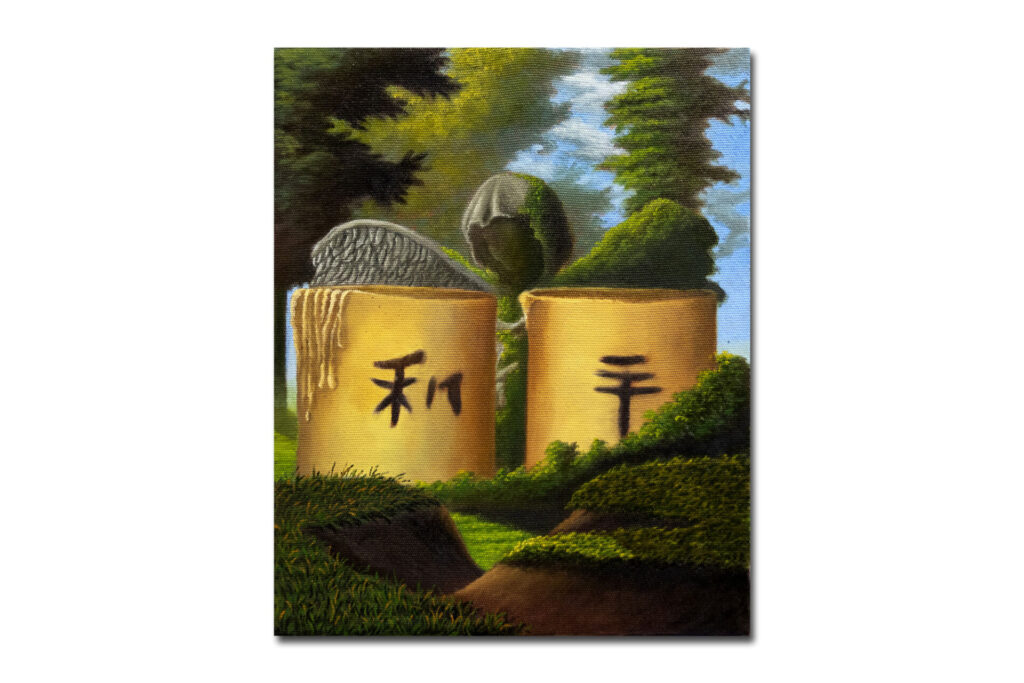
Text by Sole Castelbarco Albani: Marco stands out for his ability to create new and unexplored worlds through landscape painting that blends careful observation and fantasy. His works reflect a profound reflection on nature, explored in all its forms and facets, from bucolic serenity to the devastating force of natural events. With bright colors and surreal compositions, his landscapes question the anthropocentric conception of nature.
Marco’s interest in nature began during his years at the academy in Venice, where he developed a passion that has evolved over time. He lives in Conegliano, a place where nature is predominant, and this deeply influences his artistic research. The hills of Conegliano, increasingly dominated by vineyards for the production of prosecco, represent a significant human intervention, which Marco observes and integrates into his landscapes.
The series Relicta Hortus, started in 2023, represents an important turning point in his career. This series was born from the need to integrate new elements in addition to vegetation, enriching the narrative context of his works. The landscapes that Marco creates are the result of a reinvented nature, inspired by the areas around Conegliano. He observes and photographs places that are not very urbanized and devoid of human presence, then reporting these observations in his works. In the studio, he reworks these images, reformulating the natural elements to compose sui generis landscapes. The title Relicta Hortus, from the Latin “abandoned garden”, reflects Marco’s desire to represent human intervention in nature through the garden, a symbol of human care and manipulation. This series shows the contrast between human care for nature and the latter’s return to its wild state. Urban elements together with everyday objects such as candles in Relicta Hortus – Wasabi, mix with the natural landscape, creating a tension between human artifice and uncontaminated nature.
A very interesting aspect of Marco's work is the representation of the power of nature in dramatic events such as storms and shipwrecks that dialogue with idyllic moments. Through a combination of scientific vision and emotional reaction, he explores natural phenomena that are increasingly frequent due to climate change, maintaining an approach free from moral judgment but driven by personal interest. These phenomena are represented with imaginative and suggestive colors, such as the red of the sea or the pink of the trees, which add a veil of mystery and make the works even more fascinating. Marco's paintings vary between dramatic representations of nature and more delicate and romantic moments. For example, Fragore di un naufragio captures the devastating force of nature, while works such as Germogliare and Il cipollino di monte Boldi represent quieter and bucolic phases. This duality reflects the complexity of nature itself, which can be both apocalyptic and serene. Works such as Unwalkable path of bloody roses II explore the combination of symbolic elements and intense colors, such as the red of blood and roses, recalling deep emotions experienced by Marco without the need for logical explanations. This approach shows how Marco is guided by sensations and the subconscious, creating works that offer his vision of the natural world.
Marco’s works represent a journey through reinvented landscapes, characterized by a complex and fascinating narrative in which nature and human intervention come together. His research continues to evolve, driven by the desire to understand and represent nature in all its forms, through a process of careful observation and re-elaboration.

